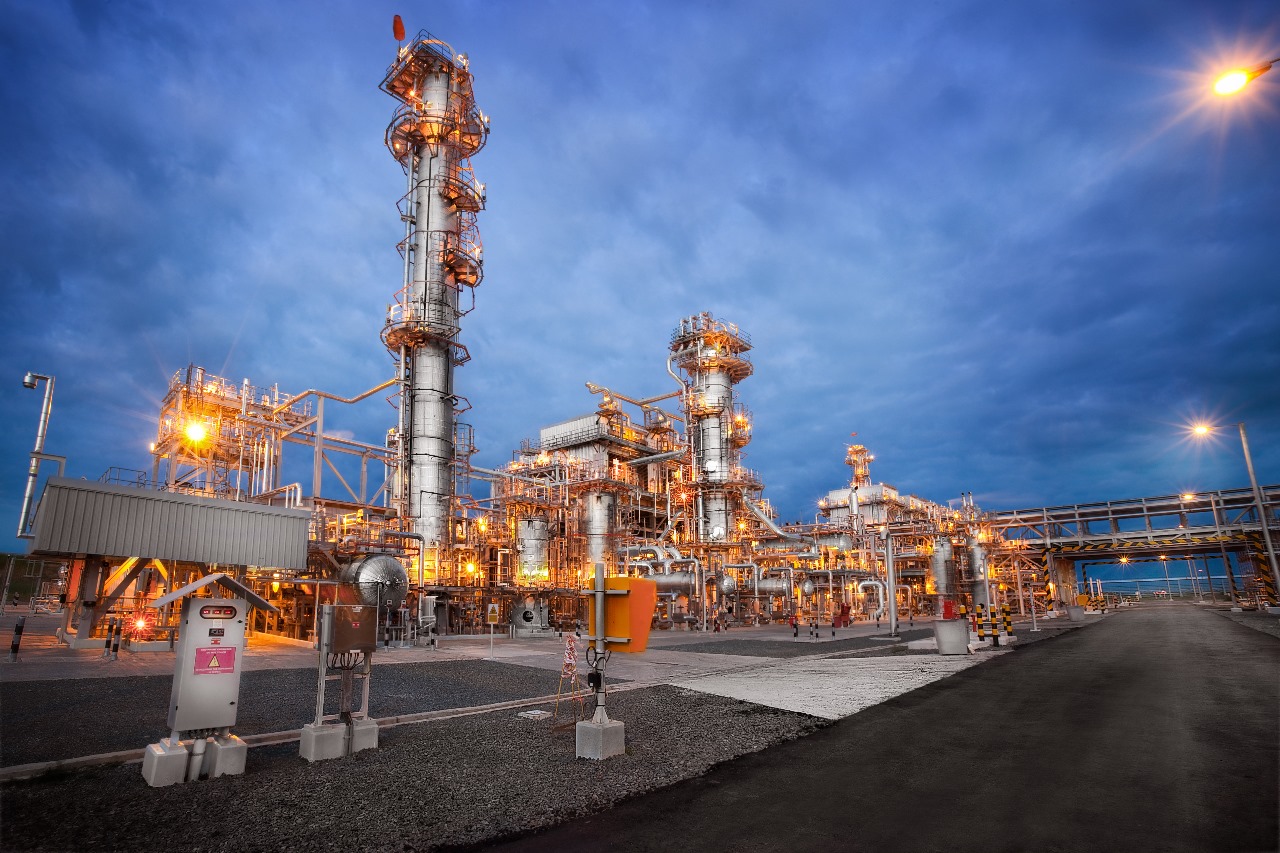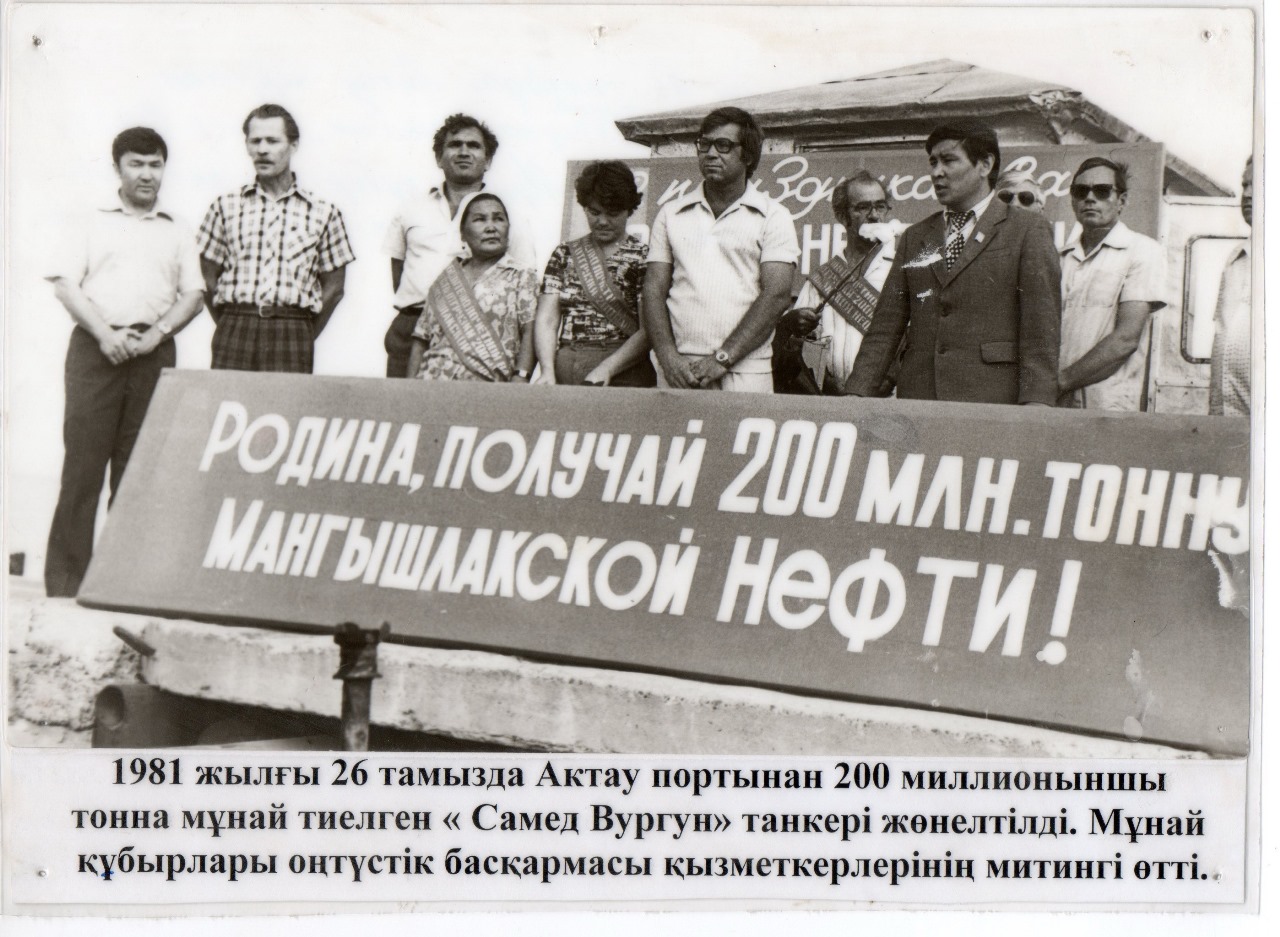The oil and gas industry has been a cornerstone of Kazakhstan’s economy for the past 30 years of its independence. In 2022 alone, the sector contributed nearly nine trillion tenge ($18.9 billion) to the National Fund and state and local budgets. This substantial financial injection supports three critical areas: social assistance and security, healthcare, and education.

Farhat Abytov. Photo credit: kazenergy.com
Throughout its history, the National Fund has received over $200 billion from oil taxes, enabling the reinvestment of funds into diverse sectors of the economy. This has facilitated infrastructure development and fulfilled the country’s social obligations.
The industry faced many challenges in 1991 when Kazakhstan became independent. Following the dissolution of the Soviet Union, Kazakhstan embarked on major oil production. While the country inherited explored deposits and promising areas, it grappled with a lack of technology and the means to develop these valuable resources.
At the end of 1991, the state balance sheet contained approximately 2.9 billion tons of recoverable oil. Production was at the level of 22 million tons per year. Free gas reserves were estimated at 1.9 trillion cubic meters, while gas production at around eight billion cubic meters.

Increased investment in geological exploration and the discovery of new fields enabled Kazakhstan to rise to 12th place in the world ranking of oil-producing countries. Photo credit: Kazenergy.
At the dawn of independence, significant attention was given to the formation of the oil and gas industry. Due to the efforts of the country’s political leadership and the effective work of geologists, new deposits were discovered, strategic partners and investments were attracted, and the introduction of new technologies for prospecting, exploration and production began.
Increased investment in geological exploration and the discovery of new fields enabled Kazakhstan to rise to 12th place in the world ranking of oil-producing countries.
As of Jan. 1, 2023, the state balance sheet includes 307 oil fields with recoverable reserves of 4.4 billion tons.
Over the span of 30 years, Kazakhstan has increased its oil production by almost 3.8 times, reaching an annual output of 84.2 million tons. The majority of this production is attributed to three major oil and gas projects – Tengiz, Karachaganak, and Kashagan.
In its commitment to decarbonization and emission reduction, the government of Kazakhstan faces formidable challenges. The utilization of coal in energy production must be gradually diminished. This reduction can be achieved through the adoption of new technologies designed to minimize atmospheric emissions or by transitioning to a more environmentally friendly fuel source, such as gas.
As of Jan. 1, 2023, the state balance sheet lists 171 free gas fields with recoverable reserves of 1.6 trillion cubic meters and 242 fields with reserves of gas dissolved in oil totaling 2.1 trillion cubic meters.
The production of free gas has surged by 2.6 times since 1991, reaching 21.1 billion cubic meters in 2022. Additionally, gas dissolved in oil production amounted to 32.1 billion cubic meters during the same period.
Gas has emerged as a global economic trend, with a 35% increase in consumption over the past seven years, as reported by the Ministry of Energy of Kazakhstan. Despite this, the exploration of new gas fields in the country is deemed unprofitable due to the low market value of gas.

Over the span of 30 years, Kazakhstan has increased its oil production by almost 3.8 times, reaching an annual output of 84.2 million tons. Photo credit: Kazenergy.
In response, the Ministry of Energy and QazaqGaz national company implemented incentive mechanisms. They have also devised and endorsed a new gas purchase price formula, introduced two new consumer categories, and established several preferences. These measures are anticipated to render gas production financially attractive in the foreseeable future.
Major oil-producing organizations rely heavily on gas for electricity generation for their own operations.
Considering the burgeoning development of renewable energy sources (RES) and the abundant wind and solar potential in the west and south of Kazakhstan, the ministry proposes a noteworthy strategy. This involves replacing a portion of gas generation with RES, thereby freeing up gas volumes for the country’s needs. The market price of gas should, ideally, offset the costs incurred by companies in adopting renewable energy sources and, in the long run, may even yield profits.
An illustrative project is the planned Hybrid plant at the Uzen field, spearheaded by KazMunayGas and Eni. This facility aims to generate electricity through a combination of gas, solar and wind sources.
The introduction of RES in large oil and gas fields will free up to three billion cubic meters per year, which can be used for the needs of the country (preliminary data).

On Aug. 26, 1981, a Samed Vurgun tanker carrying 200 millionth ton of oil was sent from the port of Aktau. A meeting was held for employees of the South Pipeline Authority. Photo credit: Kazenergy.
The current situation is further complicated by the rapid decline in production within fields developed since the Soviet period, in addition to the challenges mentioned earlier.
Annually, production in several oil-bearing regions experiences a nearly one-million-ton decrease. This decline poses a significant threat to the entire country, as it will adversely impact almost all sectors of the economy, with potential risks of an oil and petroleum product shortage.
President Kassym-Jomart Tokayev has emphasized the urgent need to replenish the mineral resource base, requiring the swift identification of new deposits and reserves. The economic benefits of new exploration projects will only materialize six to nine years after their initiation, as highlighted by the head of state on multiple occasions.
In depleted fields, it is necessary to employ modern production methods to increase the recovery rate and extend the life of the fields. This requires tax breaks and preferences with conditions for reinvesting savings in new technologies.
Studying the prospects of deep-seated subsalt deposits in the Caspian region and the South Turgai basins will provide Kazakhstan with unique information about the structure, formation, and migration of oil, ultimately leading to an increase in hydrocarbon reserves. An example of this is the Eurasia project, the first phase of which has already been completed.
To implement ambitious plans, it is necessary to attract investors. This will provide financial support and facilitate the introduction of advanced technologies. Simultaneously, it is crucial to establish clear rules of the game that are understandable to everyone.

In 2022 alone, the oil and gas sector contributed nearly nine trillion tenge ($18.9 billion) to the National Fund and state and local budgets.Photo credit: Kazenergy.
Furthermore, there is a need to develop explicit requirements and guidelines for conducting geological exploration. Equally important is the issue of developing a classification of hydrocarbon reserves and resources that is universally understandable. This classification forms the basis for both state planning and the assessment of investment potential.
Geological exploration is a strategic direction that determines the future of the country’s extractive industries and should undoubtedly be given priority.
S&P Global states that, for Kazakhstan to effectively compete for exploration and production financing in an increasingly capital-restrained global future, deeper policy reforms are necessary.
The next task is the development of oil services and mechanical engineering. The expansion of large oil and gas projects, as well as the exploration and development of new fields, will provide jobs for the citizens of Kazakhstan and reduce dependence on imports by establishing production of equipment for the country’s oil and gas industry.
Active exploration of deep horizons and new promising areas on land and at sea can also contribute to this. For these purposes, a system of improved model contracts has been introduced, which provides many preferences of both a regulatory and fiscal nature for investors.
Promising areas also include the development of unconventional hydrocarbons, such as shale oil, coal bed methane, and natural bitumen, as well as the possibility of extracting precious metals and rare earth elements from produced water in oil and gas fields. Effective involvement of previously untapped resources in economic circulation will make it possible to obtain additional benefits through the use of existing infrastructure.
Prospects for shale oil have already been identified in Kazakhstan, which are estimated at 200 million tons. They are now being studied in detail.
The unique geographical characteristics of Kazakhstan, combined with its lack of direct access to the open sea and its vast landmass, present promising opportunities for the development of an oil and gas transportation system. This infrastructure serves the dual purpose of facilitating the export of products abroad and ensuring a stable supply to the country’s domestic market. Looking ahead, the country will continue its endeavors to diversify export routes, thereby ensuring Kazakhstan’s economic security.
At the outset of independence, Kazakhstan exported nearly 7.3 million tons of oil. In stark contrast, the annual export volume today is 64.3 million tons of oil.
The prospects for the oil and gas industry in Kazakhstan are substantial, yet its full potential remains untapped. The ongoing development of the industry is poised to introduce new technologies and competencies to Kazakhstan, attract investments, establish additional production facilities, enhance Kazakhstan’s political influence, and bolster its negotiation position.
The author is the Executive Director of the KAZENERGY Association. Established in November 2005, the association’s primary objective is to promote entrepreneurship in the oil and gas sector. The association brings together 59 companies operating in the oil and gas, electric power, and nuclear industries.

